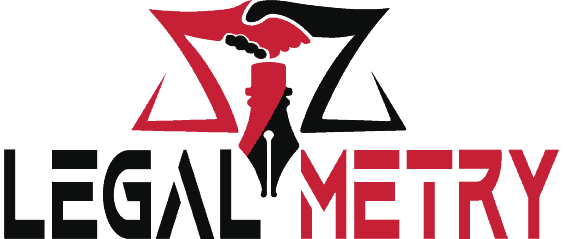Revised Swiss Rules of International Arbitration: Boon or Bane?
Revised Swiss Rules of International Arbitration: Boon or Bane? The Swiss Chambers’ Arbitration Institution (SCAI) has recently been renamed the Swiss Arbitration Centre, which will handle cases under the amended Swiss Rules of International Arbitration. This article summarises the most significant aspects of this reform, which aims to further establish Switzerland as a desirable location …
Revised Swiss Rules of International Arbitration: Boon or Bane? Read More »








